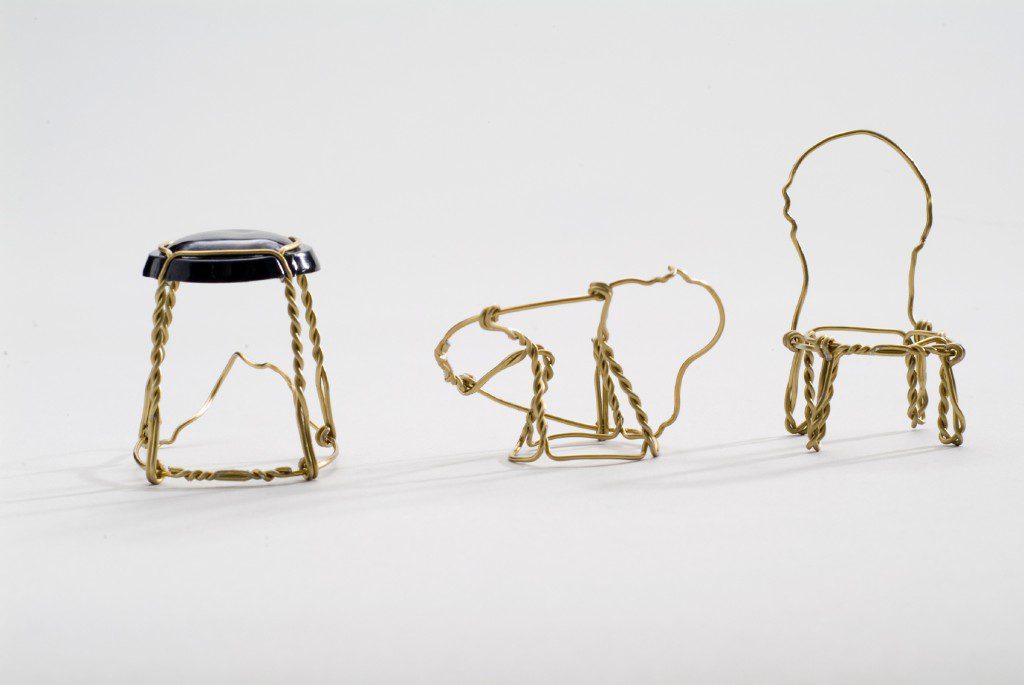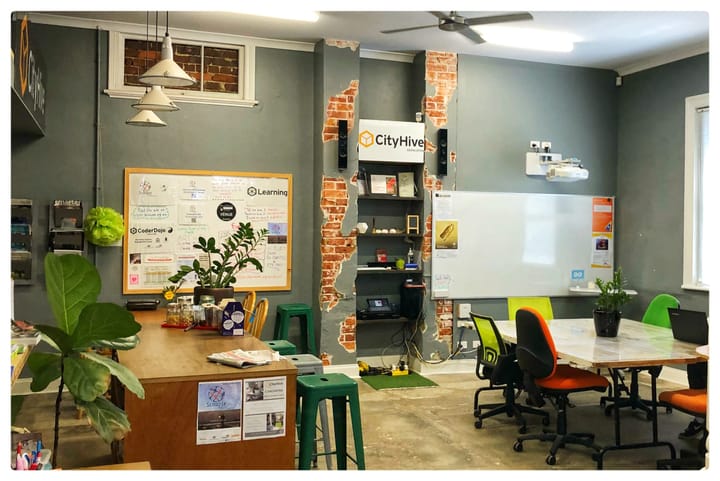What Innovation Looks Like
Innovation certainly is the thing these days. Seems like everyone’s talking about it, we all want it and we all think it’s a good thing for our economy to do and our government to support.
Last week I attended an engaging session on innovation run by Deloitte. It was a very upbeat event and there were a number of speakers and contributors who spoke of the amazing opportunities that exist and the things that can be done to ignite innovation. Much of the discussion revolved around new ideas that would lead to the next big thing. It struck me how easy it is to idealise innovation and to see it as a magic mix that leads, almost miraculously, to the next widget that we suddenly all realise we can’t live without. These break-through innovations –– whether they are in health, education, mining or any sector –– are what we dream about. But, is this really what innovation looks like? I think not.
I’ve always been struck by the regular Apple events held around San Francisco where the company releases its new products to an adoring industry crowd. It is one of these events where the iPod was launched. Now that was a breakthrough innovation, even though I have to admit I didn’t realise it at the time. But not all these events are used to launch new breakthrough products. They mostly announce up-dates to products, both hardware and software. I am often amazed how Steve Jobs or Tim Cook stand on stage and talk about how they’ve improved the functionality of a programme. No longer do you need to go to settings to change something, now we’ve inserted a special button for this option! This is followed by applause and hoots from the audience. Weird.
Well, as weird as this might be, it represents an important aspect of what innovation is about: it is just as much about the small things as the big things. Innovation can be about coming up with the next big breakthrough product, but it is also about refining and improving what we already have. Finding ways to do things better. This is typically described as “incremental innovation”.
The innovation literature talks of different kinds of innovation, which can broadly be defined as product and process innovation. We can introduce new products to the market and we can change the ways we do things. We can improve the process of making things and getting them to market.
All of this brings me to how we better understand what innovation looks like. What do we see in our mind’s eye when we think of innovation?
This is important because it helps us to think in practical terms about how we stimulate innovation; how we support innovation systems that nurture innovation and how we measure the success of these systems.
I will briefly outline some of the things I think of when I think of innovation, but first I need to explain what I don’t think of: I don’t view innovation as a linear process. It is rare to find examples of a clear trajectory that begins with Basic Research and is then refined and taken further as Applied Research. Based on the outcomes of these activities, the product is developed (Product Development) and, finally, the innovation is produced and introduced to market (Production and Diffusion). This series of activities makes some sense, but does not reflect the realities of most innovation processes. While some innovation processes might follow this path, most are subject to a broader, messier range of influences. But it is important to recognise that this linear view is a dominant image of the innovation process, which has a strong influence on the way many policy makers and programme managers approach this field.
Take, for example, the story behind the development of the corporate chat room app, Slack. Stuart Butterfield, who by all accounts can best be described as a serial entrepreneur with Flickr and Glitch already under his belt, developed this app with his team as they worked on another project. They wanted to use software that helped them to work on their project collaboratively, but could not find anything that satisfied their needs. So they built their own. They then “added hacks to include features. And then added more hacks” and by the time the project concluded, they had their own customized, “turbocharged” team communication platform: Slack. This displays a process of tinkering, refining, improving and responding to needs. The app was the byproduct of a completely separate project.
Innovation occurs in a wide variety of settings and takes many different forms. Research, whether basic or applied still plays a big role, but the environment or systems in which innovation occurs has been recognised as important. These environments can be configured nationally as well as locally. Increasingly, collaboration and partnerships play a key role.
NESTA in the UK argue for a “textured innovation policy” that recognises that one size does not fit all. Innovation takes different forms in different sectors and locations. It is important to understand the dynamics driving innovation in different areas and sectors, and to identify those sectors where innovation may be lacking and develop targeted policy interventions to suit.
In a discussion on inclusive innovation Gerwin Jansen writes of supporting innovation in agriculture in Bangladesh. This involved a search for novel agri-technologies for smallholder farmers, producing a long-list of innovations that were selected based on an estimation of how complex it would be to adapt the innovation to the Bangladeshi context. One of the ideas on the list, a small floating device from India that allows fish farmers to monitor water quality in real-time without extensive training, was considered interesting and subjected to further assessment, but could not be commercialised. Using different “creativity methods” the programme reconfigured the innovations until it was confident that it had a value proposition that was relevant and credible. In the end, the water quality devise was leased to farmers through local companies that already provide water quality measuring services and products. Innovation in this context is a deliberate search for new ideas that can help the client group and finding new ways of realising these ideas, such as through partnership.
Increasingly, new technology plays a critical role in innovation. In its 2013 report on disruptive technologies, the McKinsey Global Institute describes how disruptive technologies “transform the way we live and work, enable new business models, and provide an opening for new players to upset the established order”. These disruptions take different forms and follow a variety of paths. There are many lessons for government here: McKinsey argue that governments should create incentives for the development and adoption of technologies, governments while facilitating the creation of networks that can speed up innovation, investing in education and training, including the re-training of the workforce, and improve the analysis and measurement of technology impact.
Governments can stimulate innovation, but to do this effectively care needs to be given to the issues that shape these processes and to understanding how innovation works –– what it looks lke. This is very specific to location, sector and the kinds of actors involved.



